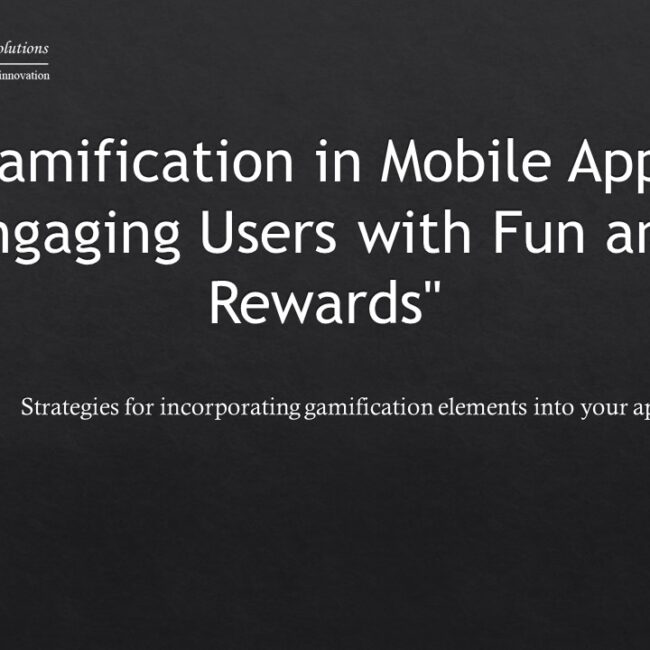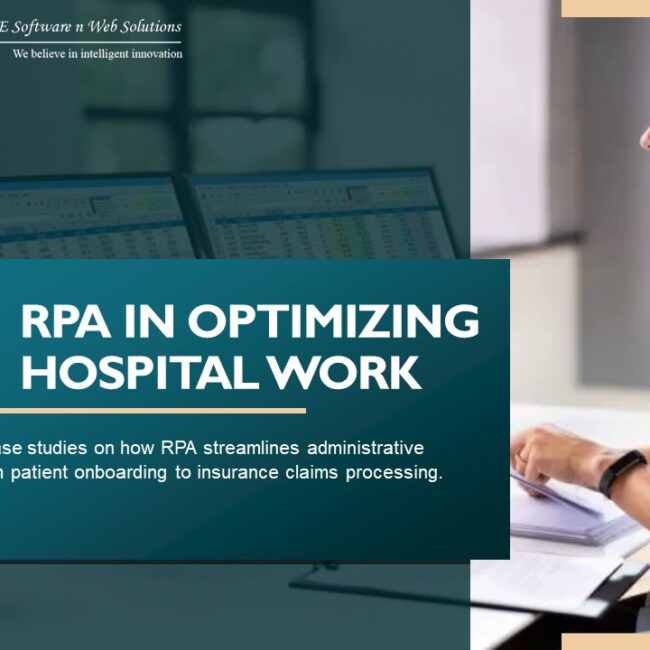
The Future of EdTech: Trends and Predictions for the Next Decade
The landscape of education is undergoing a significant transformation, driven by rapid technological advancements. As we look toward the future, it’s clear that Educational Technology (EdTech) will continue to play a pivotal role in shaping how learning is delivered and experienced. This blog explores the emerging trends and predictions for EdTech over the next decade, providing primary and secondary education industry decision-makers with insights to navigate and leverage these developments effectively.
Immersive Learning Experiences
Augmented Reality (AR) and Virtual Reality (VR)
- Enhanced Engagement: AR and VR can transform traditional learning materials into interactive, immersive experiences, significantly increasing student engagement and retention.
- Real-world Applications: These technologies can simulate real-world environments, allowing students to explore complex subjects like science and history in a more tangible and engaging way.
Mixed Reality (MR) Classrooms
- Interactive Learning Spaces: MR combines physical and digital elements to create interactive learning environments, where digital objects interact with the physical world, offering new ways for students to engage with educational content.
- Personalized Learning Paths: MR technology can adapt learning experiences to individual students’ needs, offering customized challenges and support.
AI and Machine Learning
Predictive Analytics
- Identifying At-Risk Students: AI algorithms can analyze student performance data to predict which students are at risk of falling behind, enabling early interventions.
- Tailored Learning Experiences: Machine Learning can create personalized learning experiences, adapting in real-time to each student’s progress and preferences.
Intelligent Tutoring Systems
- One-on-One Learning Support: AI-driven tutoring systems can provide individualized instruction and feedback, offering a level of personal attention that can be challenging to achieve in traditional classroom settings.
- Adaptive Learning Paths: These systems can continuously adjust learning pathways based on student performance, ensuring that each student is challenged and supported appropriately.
Blockchain in Education
Secure Record Keeping
- Immutable Records: Blockchain technology can provide secure, unchangeable records of students’ academic achievements, simplifying the transfer of credits and recognition of qualifications across institutions.
- Transparency and Trust: By using blockchain to store educational credentials, schools can offer greater transparency and trust in the validity of certificates and degrees.
Decentralized Learning Platforms
- Ownership of Learning Materials: Blockchain can facilitate the creation of decentralized platforms where educational content is owned and managed by educators, rather than centralized entities.
- Micro-credentialing: This technology supports the issuing of micro-credentials, allowing students to accumulate and share evidence of learning and skills development in a secure and verifiable way.
Gamification and Edutainment
- Learning Through Play: Gamification and edutainment integrate gaming elements and entertainment into educational content, making learning more enjoyable and engaging.
- Enhanced Motivation: By incorporating elements such as points, levels, and rewards, these approaches can significantly boost student motivation and engagement.
The Rise of E-Learning Platforms
- Global Classroom: E-learning platforms break down geographical barriers, providing access to quality education resources to students anywhere in the world.
- Flexible Learning: These platforms offer flexibility in learning, accommodating different schedules and learning paces, which is particularly beneficial for lifelong learning and professional development.
Preparing for the Future
For education industry decision-makers, staying abreast of these trends and preparing for their integration into educational strategies is crucial. Key steps include:
- Investing in Professional Development: Providing educators with training and resources to effectively incorporate new technologies into their teaching.
- Building Technological Infrastructure: Ensuring that schools have the necessary technological infrastructure to support the adoption of emerging EdTech tools.
- Fostering Partnerships: Collaborating with EdTech companies and other educational institutions to share resources, insights, and best practices.
In conclusion, the next decade promises exciting developments in the field of EdTech, offering new ways to enhance learning experiences and outcomes. By understanding and embracing these trends, education industry decision-makers can position their institutions at the forefront of educational innovation, preparing students for success in an increasingly digital world.




